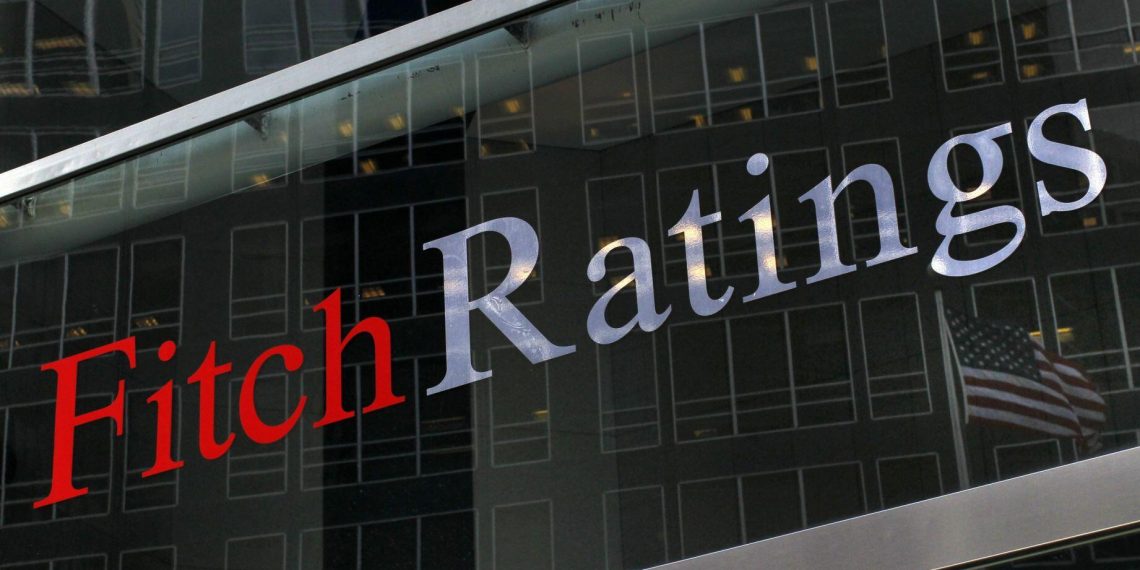US homeowners insurance may return to underwriting gains in 2021

The U.S. property/casualty industry is poised to shift to a modest statutory underwriting loss in homeowners’ insurance for 2020 reported results, Fitch Ratings says. U.S. personal lines insurance underwriters faced unique challenges in the homeowners’ line tied to assessing inordinate losses from natural catastrophes and managing operations amid the global pandemic.
However, barring another overly severe catastrophe season in 2021, the segment is likely to post underwriting gains as market fundamentals remain stable, with pricing momentum expected to support future performance.
- Advertisement -
Read More:
- Advertisement -
Homeowners is likely to show modest future core underwriting and expense improvement in 2021, as volatility in performance continues to hinge on catastrophe loss experience. Larger underwriters benefit from capabilities in managing catastrophe exposures and garnering efficiency from technology investments.

Premium rates in homeowners continue to generally experience modest increases, with prices moving more substantially in loss affected markets such as Florida, which saw continued performance deterioration and a decline in capitalization levels.
However, overall capital levels for the industry remain very strong under several observed measures, providing most individual insurers with resources to absorb near-term volatility and the effects of adverse events.
Homeowners’ catastrophe losses reported by eight publicly traded insurers that break out homeowners’ business in GAAP filings rose by 45% in 2020, adding 24 points to the group’s segment loss ratio vs 18 points in the prior year. However, the aggregate calendar year Combined Ratio (CR) was virtually unchanged at 92% YOY due largely to 4.5 points of favorable prior year reserve development in 2020.
Individual company results varied considerably with half of the group reporting segment CRs of 102% or higher. However, Allstate (ALL), the 2nd largest US homeowners’ writer, and Travelers (TRV), the 7th largest, reported segment CRs of 90% and 93% respectively for the year.
These eight companies represent nearly 20% of the homeowners’ market and reported favorable 6.6% growth in homeowners’ written premium for the year, paced by double digit growth for Progressive (PGR) and Travelers (TRV).
- Advertisement -

An active hurricane season in 2020 led to 12 tropical storms, including 6 hurricanes making U.S. landfall during the year. Hurricane Laura was the most devastating hurricane event, generating an estimated $10 billion in insured losses.
Additional widespread catastrophic events struck multiple US regions in 2020, including California wildfires and the Midwest Derecho that created approximately $9 billion and $8 billion in estimated total insured losses, respectively. Aon’s recent catastrophe report estimates insured catastrophe losses in the US doubled to $73 billion in 2020 from $36 billion a year earlier.
Several companies’ 2020 homeowners’ results were affected by one-time large subrogation recoveries from California utility PG&E tied to wildfire losses in 2017-18. In some cases, subrogation recoveries also led to a return of reinsurance reinstatement premiums, where losses had been partially ceded to catastrophe reinsurance programs.

Hartford Financial (HIG) reported a 54% GAAP homeowners CR based on 38 percentage points of favorable development in 2020 tied largely to this matter, while TRV’s results benefitted from an increase of 8 percentage points. Homeowners’ market leader State Farm received a reported $1.2 billion in subrogation from PG&E.
The coronavirus pandemic has accelerated underwriters shift in technology adaptation that can promote improvements in risk assessment, policy administration and claims management going forward. Greater use of smart home products by policyholders can further reduce risks of loss from fire, water damage and theft.
A near term challenge for homeowners’ insurers revolves around the degree to which changes in workplace and travel practices are more long lasting and may affect property risk exposures.
- Advertisement -


